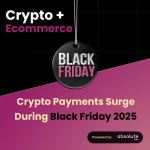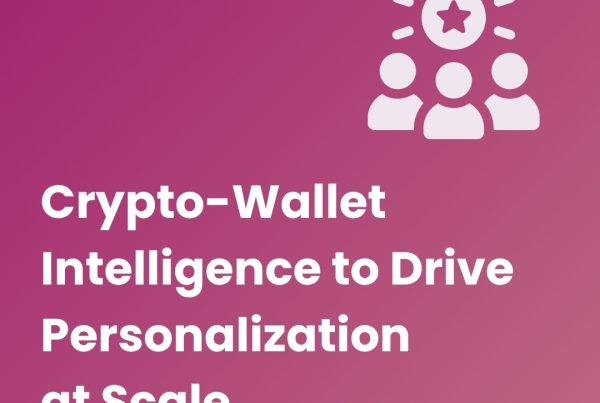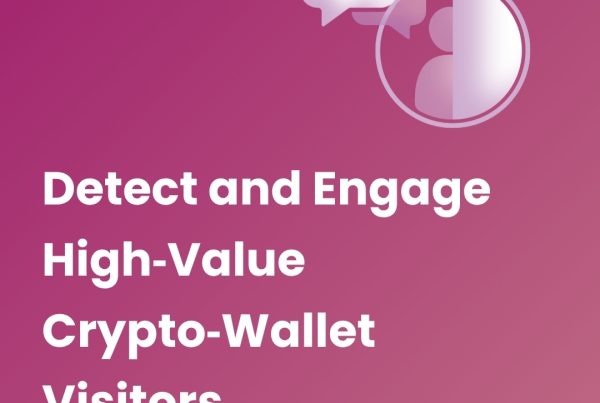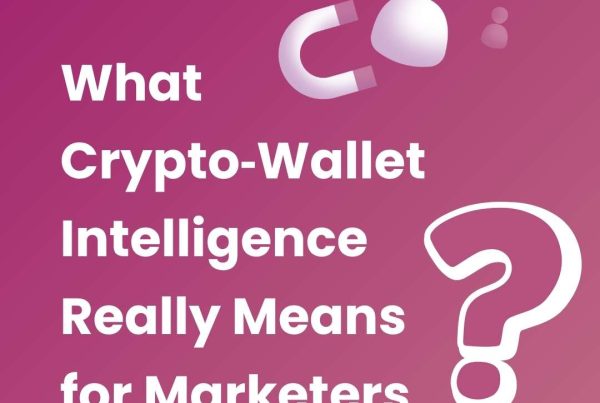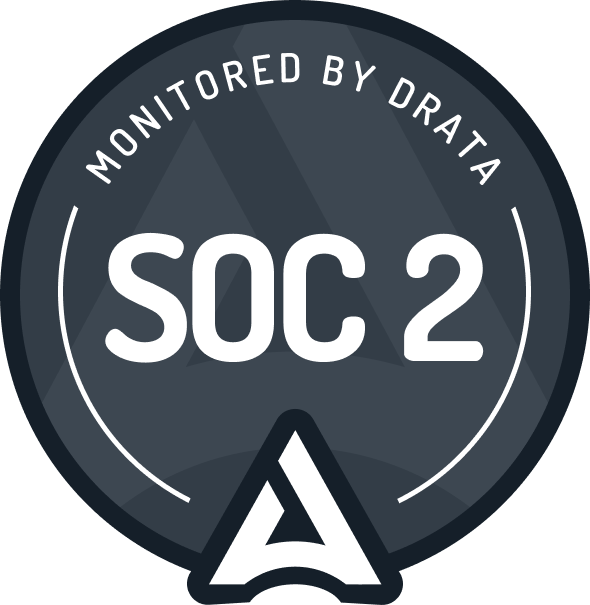CRM has been the backbone of customer engagement for two decades. However, the rules of the game are changing: customers are multi‑platform, privacy‑conscious, and increasingly active in Web3 ecosystems. CRM 3.0 represents a new era, one where Web2 and Web3 data converge to create a unified, actionable view of the customer.
1. From CRM 2.0 to CRM 3.0: What’s Changed
Traditional CRM systems (let’s call them CRM 2.0) are anchored in Web2 logic, they:
- Track logged‑in sessions and device‑based behaviors.
- Rely on declared data (emails, phone numbers) and owned‑channel transactions.
- See customers only within brand‑controlled touchpoints.
However in 2025, this is no longer enough. Customers:
- Browse anonymously, often without logging in.
- Engage with brands through decentralized ecosystems, not just owned platforms.
- Expect personalization that reflects their broader interests and values, not just their past purchases.
Why it matters:
As a result, a CRM that only reflects Web2 interactions gives you a partial, outdated view of your customers, leaving engagement strategies reactive rather than proactive.
2. What Defines CRM 3.0
CRM 3.0 combines Web2 and Web3 signals to deliver a richer, more actionable customer profile:
- Web2 data: Transaction history, loyalty tiers, clickstream behavior, demographics.
- Web3 data: Crypto‑wallet activity (buying power, digital asset ownership, engagement patterns), community affiliations, cross‑platform identities.
This isn’t about replacing Web2 data. Rather, it’s about augmenting it, turning fragmented insights into a single, unified customer view. In addition, Web3 data brings new verifiable signals that complement your existing CRM records. Consequently, marketers gain a richer, more actionable understanding of each customer.
Table: CRM 2.0 vs CRM 3.0
| Feature | CRM 2.0 | CRM 3.0 |
| Identity | Email, phone, device ID | Web2 identifiers + crypto‑wallet identity |
| Data sources | Owned channels | Owned + decentralized ecosystems |
| Segmentation | Past transactions, demographics | Real‑time behavior + buying power scoring |
| Personalization | Based on purchase history | Based on interests, communities, and predicted potential |
| Engagement | One‑way campaigns | Dynamic, persona‑driven experiences |
3. Why Web3 Data Is the Missing Piece
Crypto‑wallet intelligence offers verifiable, persistent, and cross‑platform signals that fill the blind spots left by traditional CRMs.
Examples of what it unlocks:
- Buying power estimation: Prioritize high‑liquidity crypto‑wallet profiles for VIP campaigns.
- Community‑based segmentation: Identify audiences active in ecosystems aligned with your brand (e.g., luxury fashion, travel, gaming).
- Affinity mapping: Detect interest clusters based on the types of digital assets held (collectibles, loyalty tokens).
In short, Web3 data transforms your CRM from a transactional record into a predictive engagement engine.
4. Building Your CRM 3.0 Roadmap
Here’s how to build your CRM 3.0 roadmap in five clear steps:
1st step: Detect & consent
First, deploy the Absolute SDK to detect crypto‑wallet visitors on your website or app, then request consent via wallet‑connect to access their profile.
2nd step: Enrich & unify
Then, combine crypto‑wallet insights (buying power, engagement levels, asset categories) with Web2 data in your CRM or CDP.
3rd step: Score & segment
Next, use scoring models to rank customers by potential value and build multi‑dimensional personas.
4th step: Activate
After that, deploy personalized campaigns: token‑gated drops, VIP invitations, loyalty upgrades.
5th step: Measure & evolve
Finally, leverage the dashboards in the Absolute SDK to refine segmentation and continuously improve engagement strategies.
5. What Leading Brands Are Doing Today
- Luxury retail: Building hybrid loyalty programs that reward both purchases and Web3 community engagement.
- Hospitality: Prioritizing high‑liquidity crypto‑wallet profiles for premium tier invitations, driving higher program adoption.
- Gaming & entertainment: Identifying engaged Web3 communities and delivering exclusive content drops for early adoption.
Overall, these strategies are already delivering higher CRM capture rates, 3‑5x better conversion, and +15‑25% higher AOV (State of Crypto Commerce & Payments H1 2025).
How to Tell If Your Brand Is Ready for CRM 3.0
Ask yourself:
- Can we identify high‑value anonymous visitors before they transact?
- Do we combine Web2 and Web3 signals in our customer profiles?
- Are our segments based on real‑time behavior and buying power rather than just past purchases?
If not, it’s time to start your CRM 3.0 journey.
Conclusion
CRM 3.0 isn’t just a technology shift, it’s a strategic imperative. By integrating Web2 and Web3 data, brands gain a complete, actionable view of their customers, unlocking new opportunities for growth, loyalty, and long‑term engagement.
Want to see how CRM 3.0 could transform your customer strategy?
📥 Download our latest State of Crypto Commerce & Payments report for the latest data and insights.
Continue the series “CRM Enrichment in the Web3 Era”
- Part 1: From Signals to Strategy – Discover the foundations of crypto-wallet intelligence.
- Part 2: From Anonymous to VIP – Learn how to detect and engage high-value crypto-wallet visitors.
- Part 3: Segment Smarter – Build personas and scoring models that drive personalization.
